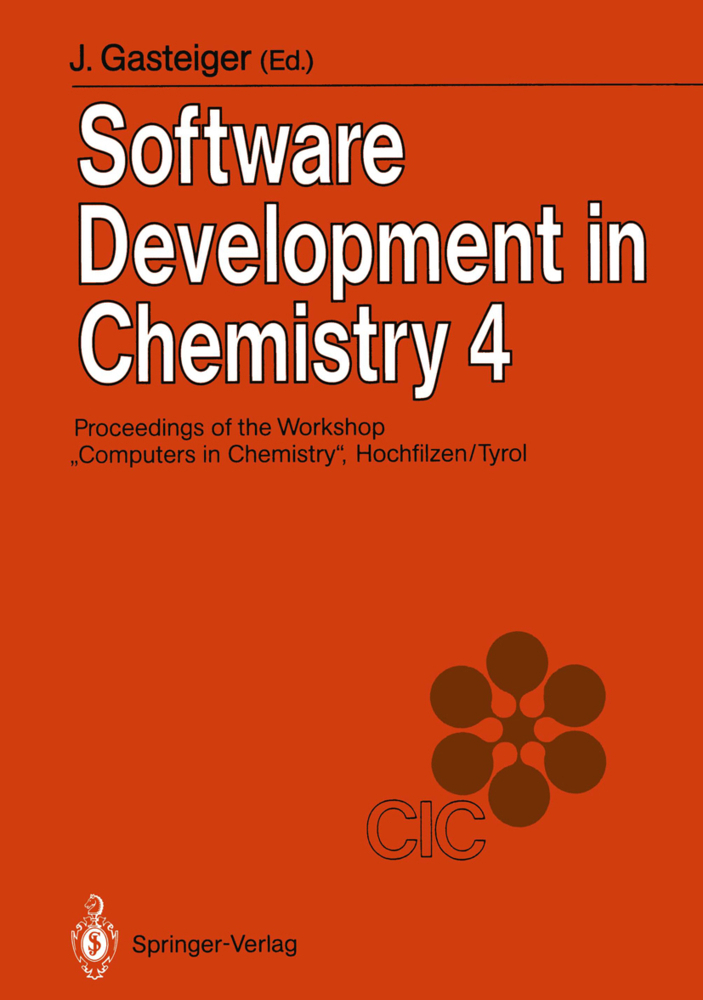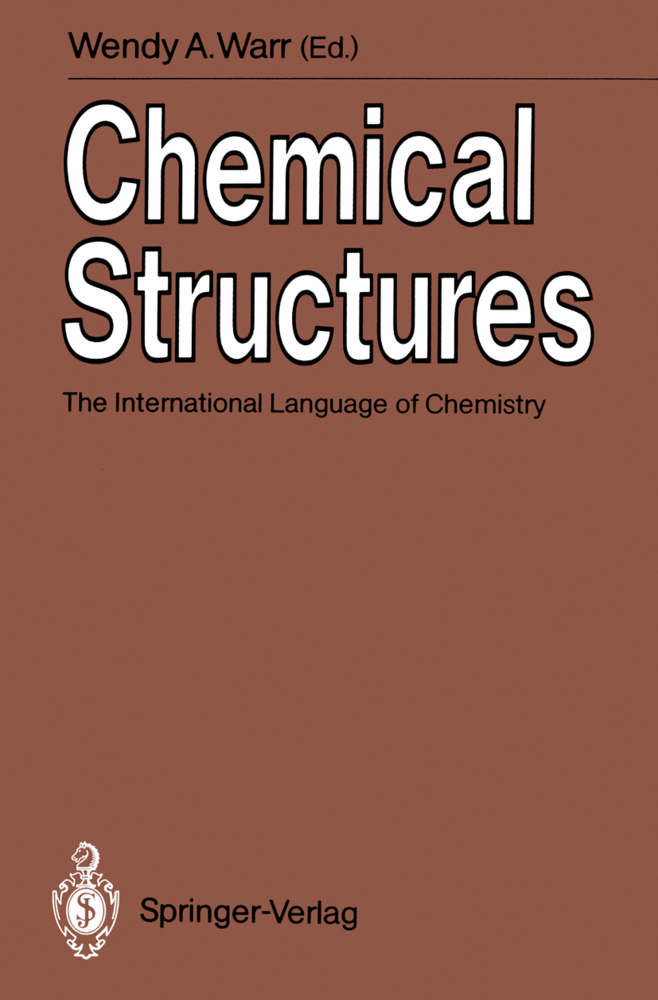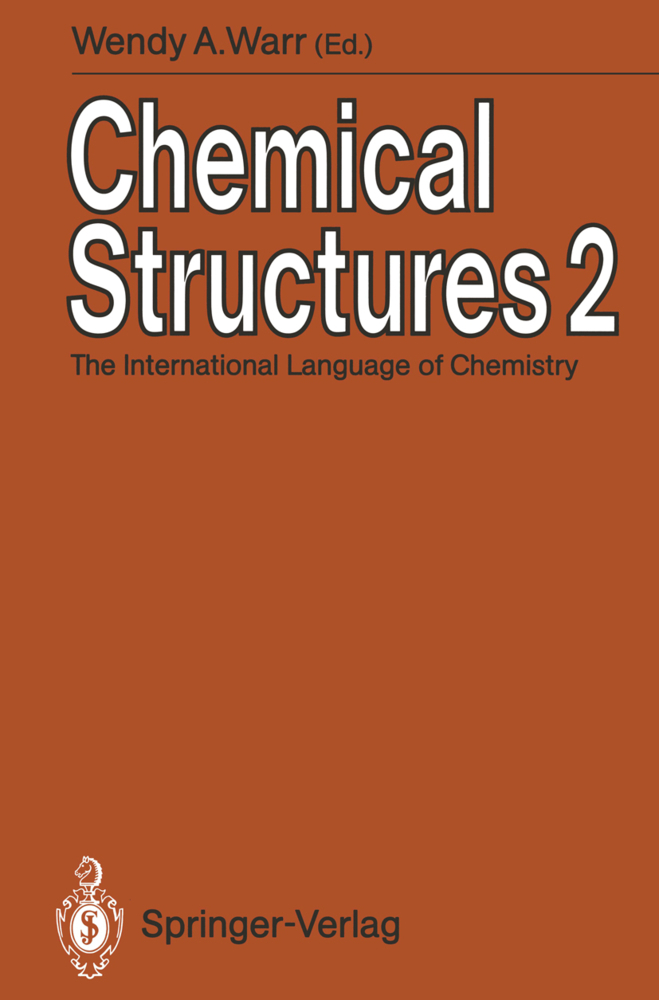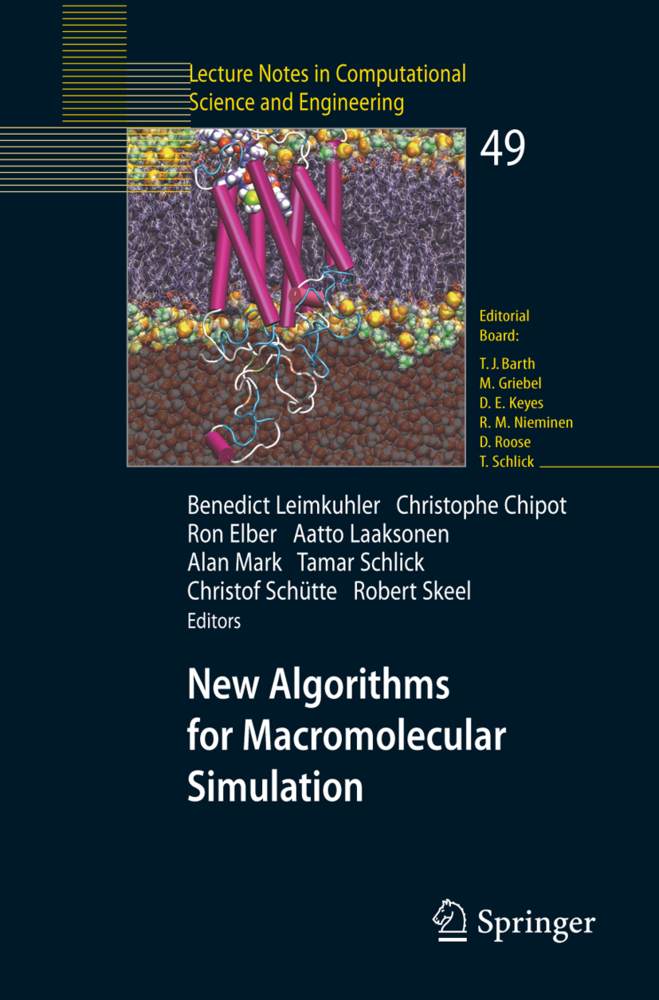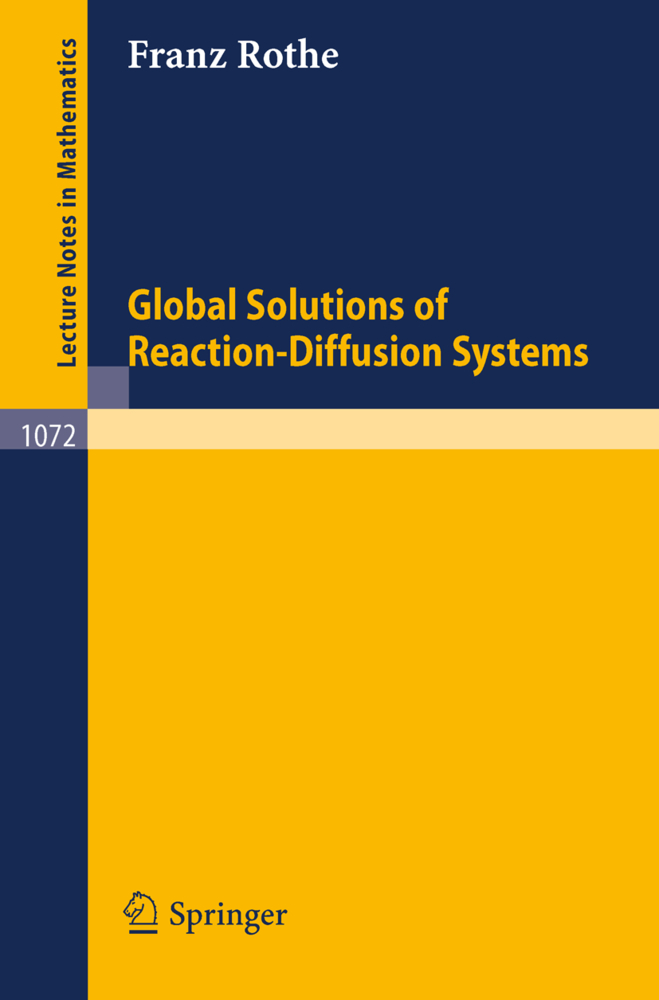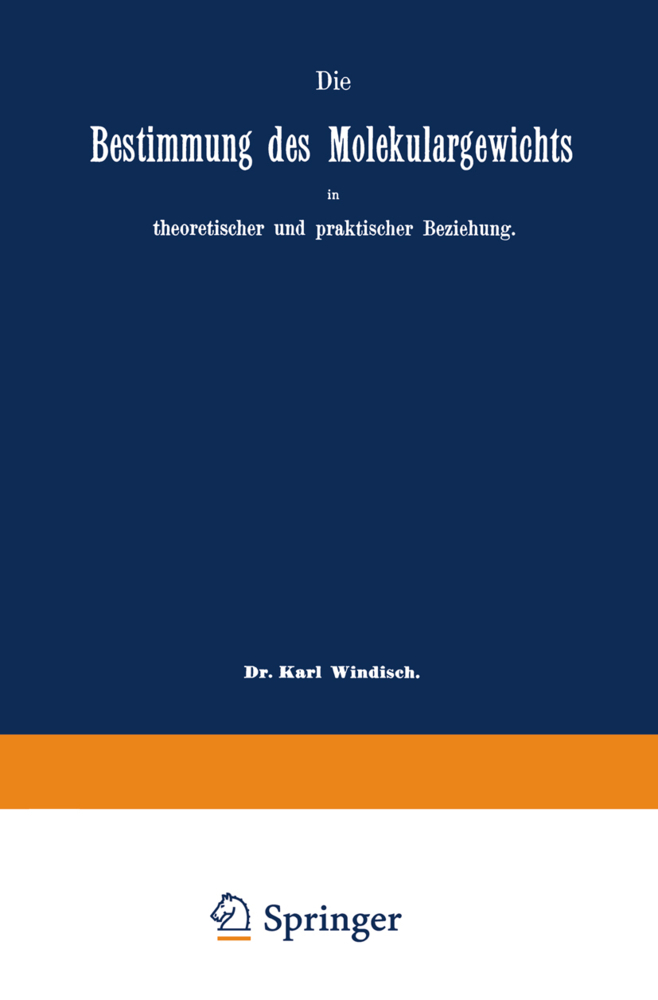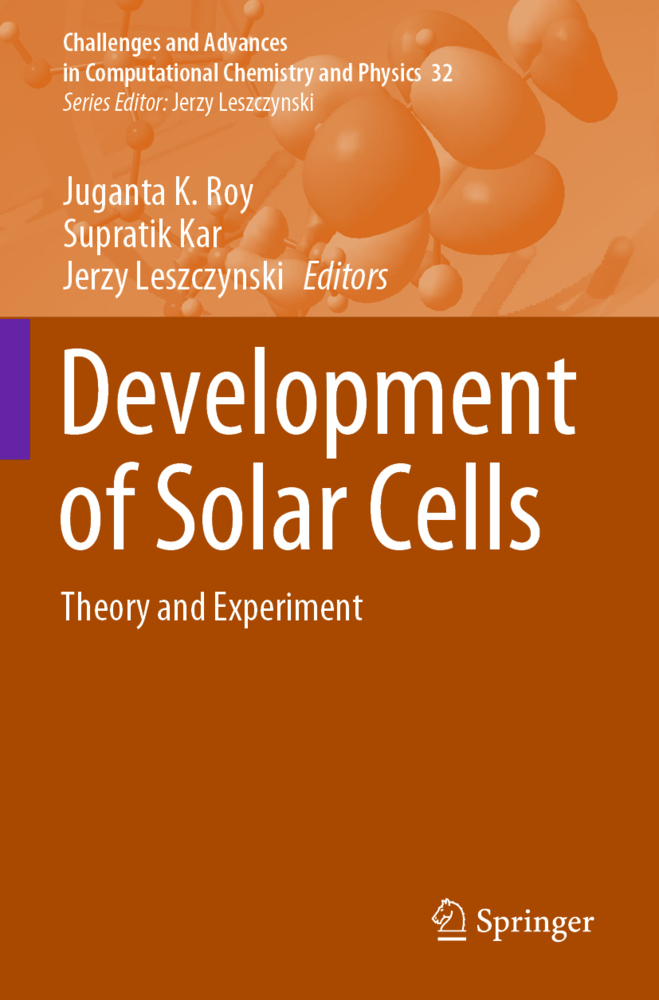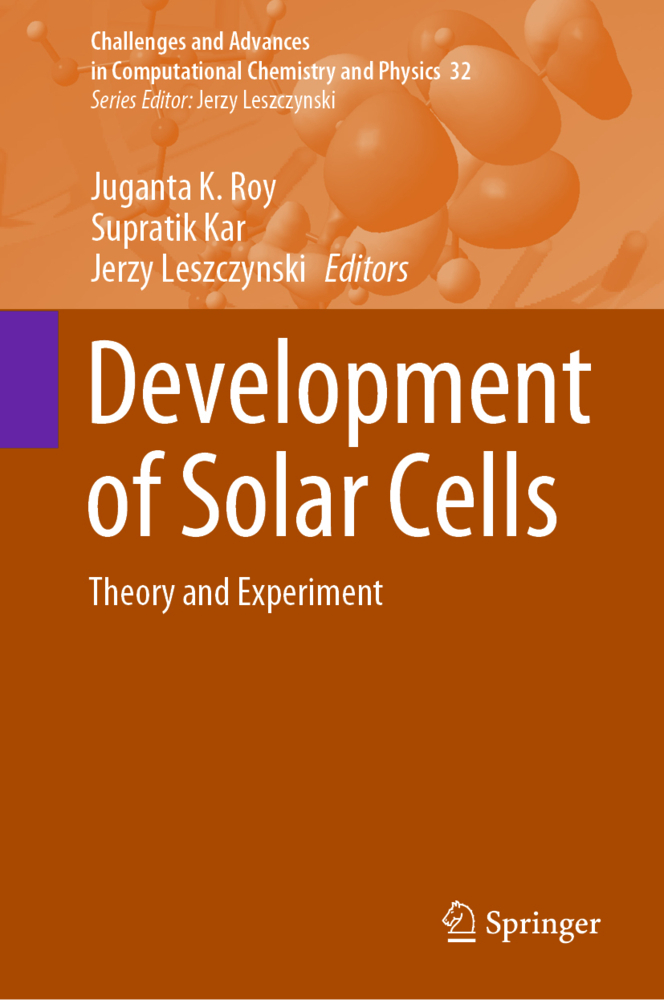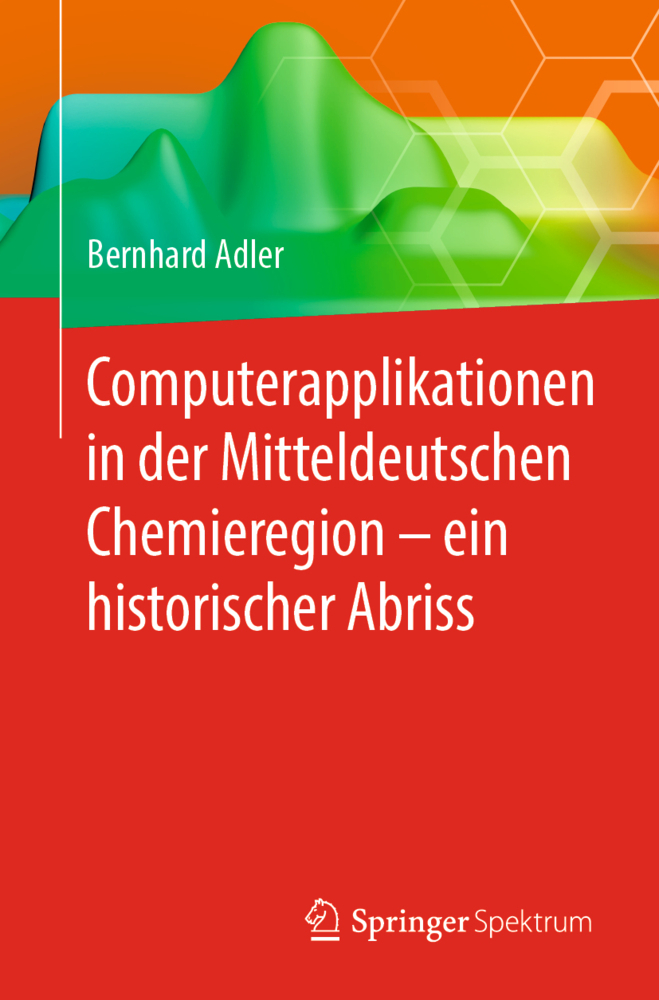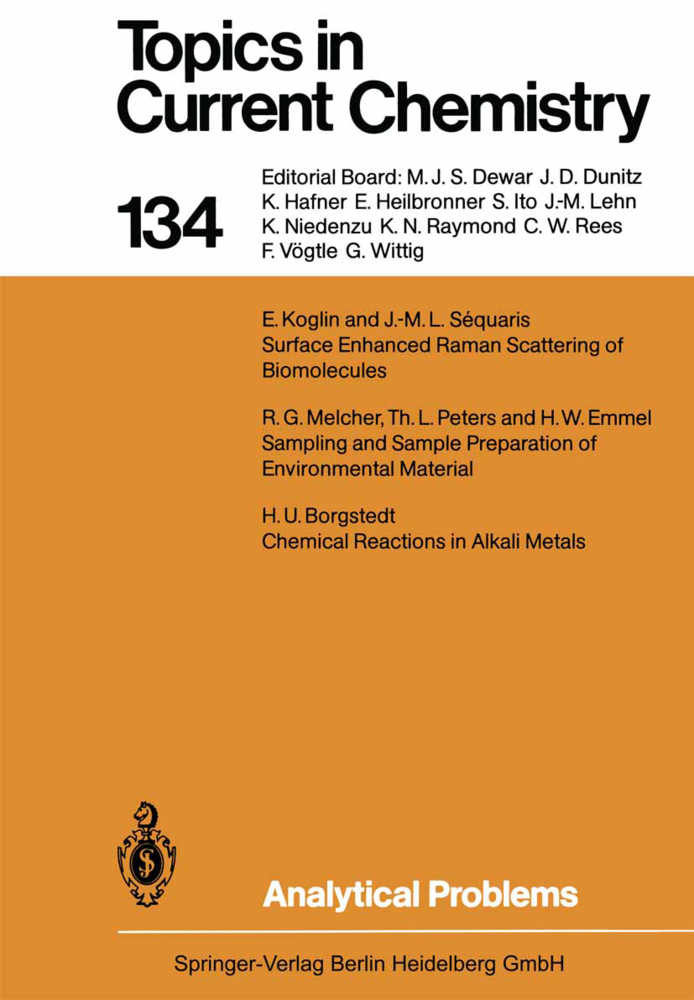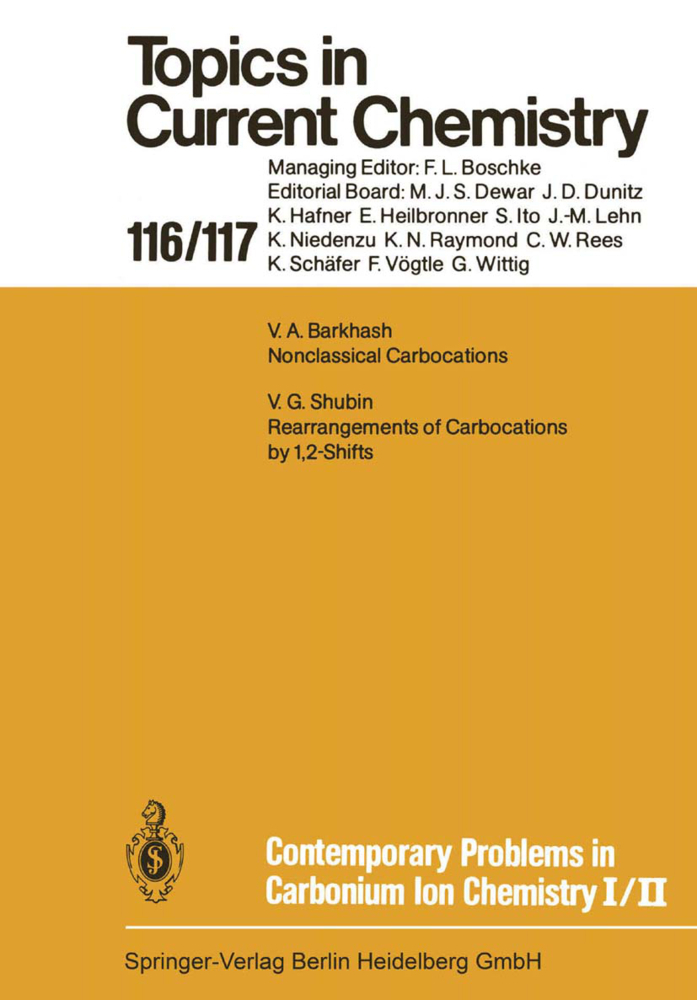Software Development in Chemistry 4
Proceedings of the 4th Workshop "Computers in Chemistry" Hochfilzen, Tyrol, November 22-24, 1989
Software Development in Chemistry 4
Proceedings of the 4th Workshop "Computers in Chemistry" Hochfilzen, Tyrol, November 22-24, 1989
Bringing together scientists from the various disciplines of chemistry who are actively engaged in developing software and using computers to solve their problems was the main objective of the 4th workshop 'Computers in Chemistry' (November 22-24, 1989) held in Hochfilzen, Tyrol. Fields covered include molecular modelling, chemometrics, synthesis planning, computer science.
Documentation of Special Bond Types and Evaluation of Factual Data from "B-Base"
AUTONOM: Automatic Generation of IUPAC-Names from Structural Input
Keys to the Beilstein Database (A Ring Searching Algorithm)
The Integration of the Cambridge Crystallographic Data Files into the Relational Information Network of the German Cancer Research Center
The Gmelin Information System - The Connection between Handbook and Database
The WODCA System (An Integrating Environment for the Chemist)
2. Structure and Properties; Bridging the Gap
Computer-Assisted Analysis of Qualitative Structure/Activity Relations of Organic Molecules
Prediction of the Threshold Soot Index for Hydrocarbon Fuels with Randic's Topological Indices
A Graph Theoretical Method to Estimate Substance Date
PIMO, a Program Visualizing HMO Results by Producing Transferable Graphics Output
The Calculation of Electrolyte Solution Properties with the Help of the ELDAR Data and Method Bank Exemplified by Electrolyte Conductance
3. Molecular Modelling
Triangulation of Molecular Surfaces
MOBY: Molecular Modelling on the PC
ROCOCO: Reference Online Library for the Computer Aided Construction of Molecular Geometries. Computer Aided Construction of Realistic Molecular Models Using a Knowledge Base (I)
MMGEO - A Versatile Tool for MMX Users
4. Spectral Data; Acquisition and Interpretation
JCAMP - DX, A Standard
Automatic Interpretation of 2D-NMR-Spectra [1]
CDDS - A Personal Computer Based System for Automated Interpretation of GC/MS-Analyses
EDAS-MS - Exploratory Data Analysis of Mass Spectra
Towards the Automatic Generation of a Mass Spectrum from the Structure ofa Compound
Factor Analysis of Spectral Data from Chemical Reactions
Normalization of in Situ-Spectra in Thin Layer Chromatography
Algorithms for Use in Purity Control of Drugs Using a UV-Spectroscopy
DSYM-PC A Novel Program to Simulate HR-NMR Spectra for Spins I=1/2 on IBM-Compatible Computers of PC/XT/AT Type
5. Chemical Reactions and Synthesis Planning
IGOR2: A Program System for Generating Chemical Reactions and Structures
Reaction Databases in a University Chemistry Department - Online or In-house?
Towards Synthesis Planning Aids Through Databank Analysis
Implementation of Synthesis Strategies in PROLOG
EROS 6.0, A Knowledge Based System for Reaction Prediction - Application to the Regioselectivity of the Diels-Alder Reaction
CARSA (Computer-Assisted Research in Synthesis and Application)
6. Simulations of Structures, Reactions and Properties
Modelling of Polymer Gel Formation and Gel Reactions with Monte Carlo Methods for 3-Dimensional Networks
Molecular Dynamic Simulation of the Interface Aqueous Ionic Solution / Lipid Membrane
Electroanalytical Simulations. 10. The Simulation of Fast Second Order Reactions in Electrochemical Systems
The Rashevsky-Turing System: Two Coupled Oscillators as a Generic Reaction-Diffusion Model
Photoreactions in Solids - Experiment and Simulation
7. Computer Science; New Methods and Their Applications
The Role of Machine Learning in Knowledge Acquisition
Neural Networks
Application of Fuzzy Neural Network to Spectrum Identification
Tools for Automatic Program Generation
Automatic Translation from FORTRAN to "C"
8. Miscellaneous Subjects
LABORG - Laboratory Optimisation by the Elimination of Weaknesses and the Implementation of LIMS
C - LIT
Possibilities and Limitationsof Combined Database Enquiries Modelled on "Environmental Significance of Aluminum".
1. Representation of Chemical Structures; Factual Databases
Chemical Substructure Search on CD-ROMDocumentation of Special Bond Types and Evaluation of Factual Data from "B-Base"
AUTONOM: Automatic Generation of IUPAC-Names from Structural Input
Keys to the Beilstein Database (A Ring Searching Algorithm)
The Integration of the Cambridge Crystallographic Data Files into the Relational Information Network of the German Cancer Research Center
The Gmelin Information System - The Connection between Handbook and Database
The WODCA System (An Integrating Environment for the Chemist)
2. Structure and Properties; Bridging the Gap
Computer-Assisted Analysis of Qualitative Structure/Activity Relations of Organic Molecules
Prediction of the Threshold Soot Index for Hydrocarbon Fuels with Randic's Topological Indices
A Graph Theoretical Method to Estimate Substance Date
PIMO, a Program Visualizing HMO Results by Producing Transferable Graphics Output
The Calculation of Electrolyte Solution Properties with the Help of the ELDAR Data and Method Bank Exemplified by Electrolyte Conductance
3. Molecular Modelling
Triangulation of Molecular Surfaces
MOBY: Molecular Modelling on the PC
ROCOCO: Reference Online Library for the Computer Aided Construction of Molecular Geometries. Computer Aided Construction of Realistic Molecular Models Using a Knowledge Base (I)
MMGEO - A Versatile Tool for MMX Users
4. Spectral Data; Acquisition and Interpretation
JCAMP - DX, A Standard
Automatic Interpretation of 2D-NMR-Spectra [1]
CDDS - A Personal Computer Based System for Automated Interpretation of GC/MS-Analyses
EDAS-MS - Exploratory Data Analysis of Mass Spectra
Towards the Automatic Generation of a Mass Spectrum from the Structure ofa Compound
Factor Analysis of Spectral Data from Chemical Reactions
Normalization of in Situ-Spectra in Thin Layer Chromatography
Algorithms for Use in Purity Control of Drugs Using a UV-Spectroscopy
DSYM-PC A Novel Program to Simulate HR-NMR Spectra for Spins I=1/2 on IBM-Compatible Computers of PC/XT/AT Type
5. Chemical Reactions and Synthesis Planning
IGOR2: A Program System for Generating Chemical Reactions and Structures
Reaction Databases in a University Chemistry Department - Online or In-house?
Towards Synthesis Planning Aids Through Databank Analysis
Implementation of Synthesis Strategies in PROLOG
EROS 6.0, A Knowledge Based System for Reaction Prediction - Application to the Regioselectivity of the Diels-Alder Reaction
CARSA (Computer-Assisted Research in Synthesis and Application)
6. Simulations of Structures, Reactions and Properties
Modelling of Polymer Gel Formation and Gel Reactions with Monte Carlo Methods for 3-Dimensional Networks
Molecular Dynamic Simulation of the Interface Aqueous Ionic Solution / Lipid Membrane
Electroanalytical Simulations. 10. The Simulation of Fast Second Order Reactions in Electrochemical Systems
The Rashevsky-Turing System: Two Coupled Oscillators as a Generic Reaction-Diffusion Model
Photoreactions in Solids - Experiment and Simulation
7. Computer Science; New Methods and Their Applications
The Role of Machine Learning in Knowledge Acquisition
Neural Networks
Application of Fuzzy Neural Network to Spectrum Identification
Tools for Automatic Program Generation
Automatic Translation from FORTRAN to "C"
8. Miscellaneous Subjects
LABORG - Laboratory Optimisation by the Elimination of Weaknesses and the Implementation of LIMS
C - LIT
Possibilities and Limitationsof Combined Database Enquiries Modelled on "Environmental Significance of Aluminum".
Gasteiger, Johann
| ISBN | 978-3-540-52173-0 |
|---|---|
| Medientyp | Buch |
| Copyrightjahr | 1990 |
| Verlag | Springer, Berlin |
| Umfang | XII, 419 Seiten |
| Sprache | Englisch |

